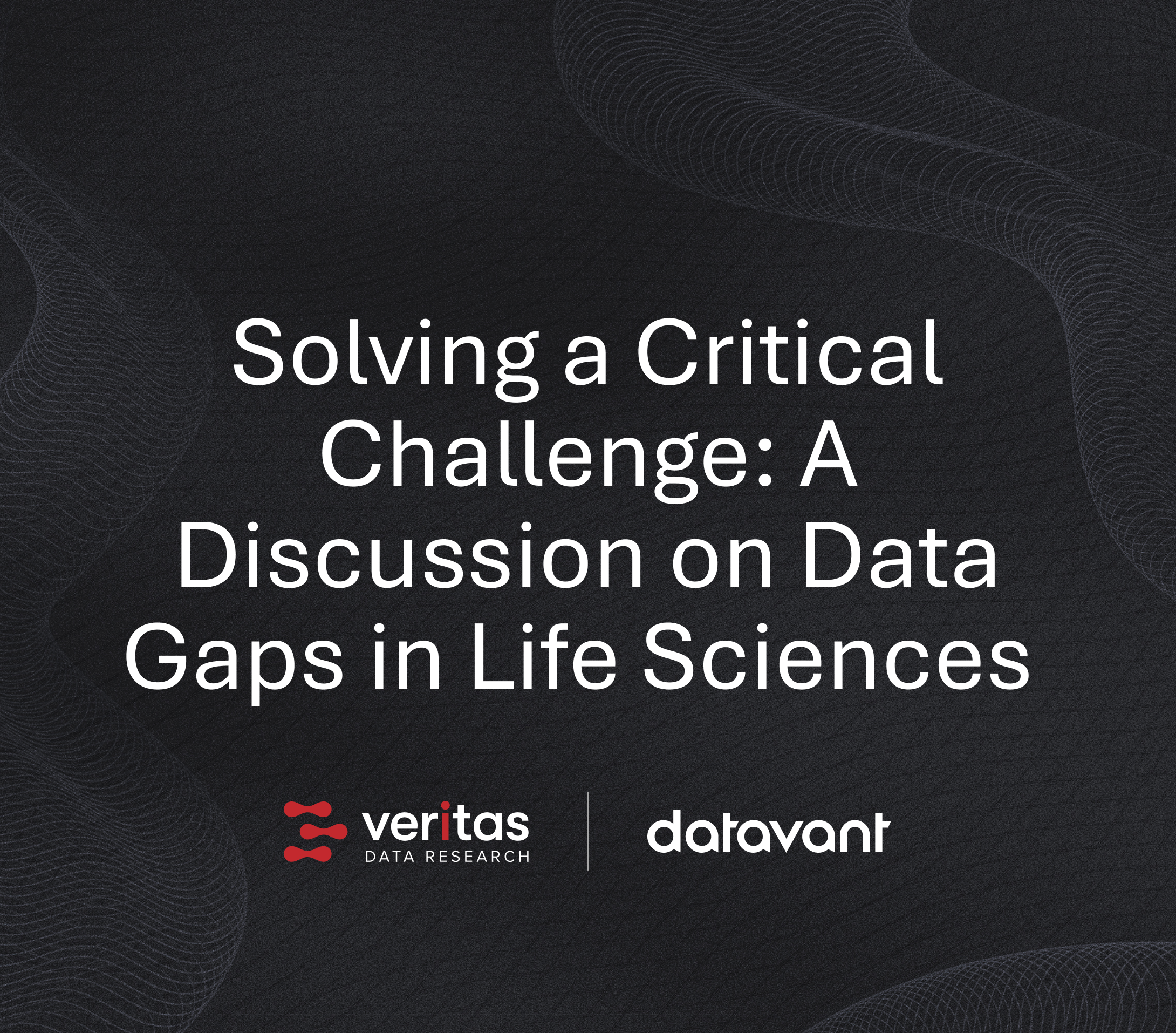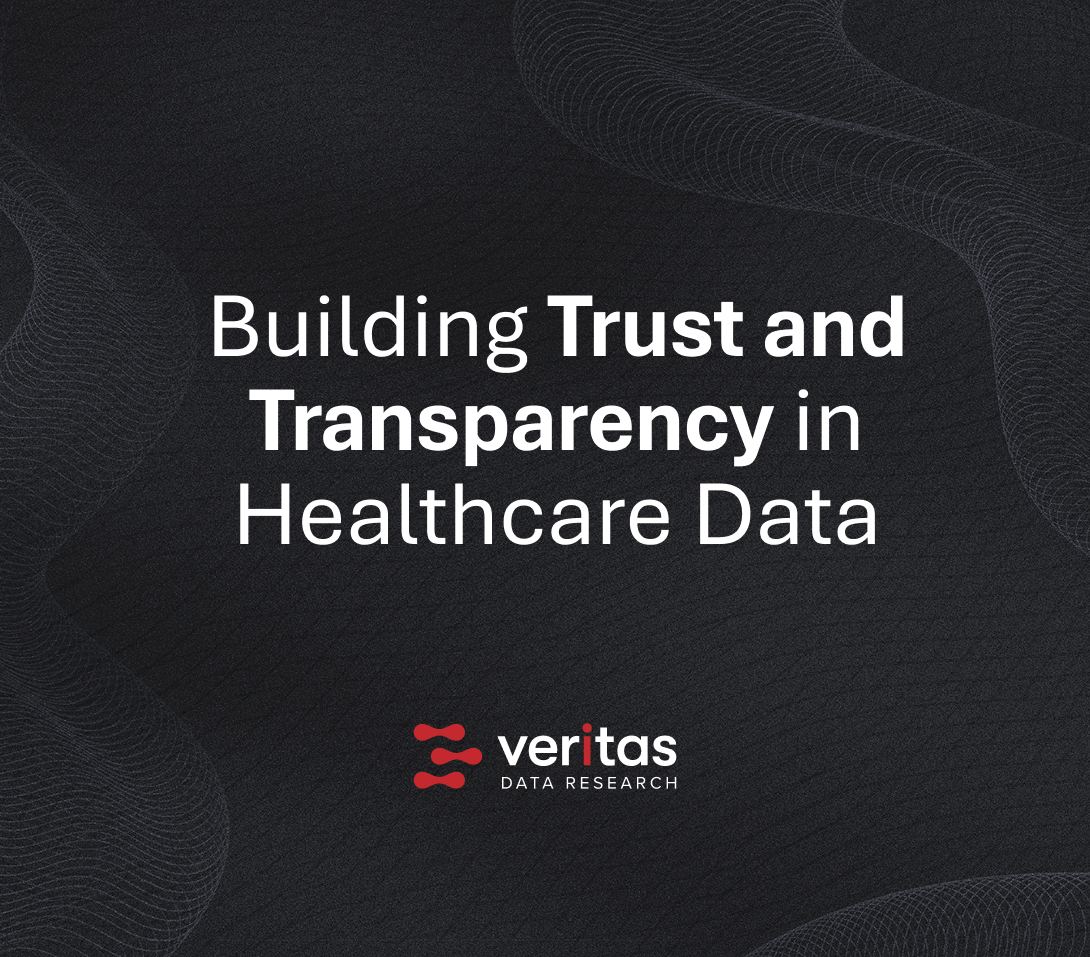Real-World Data (RWD) has revolutionized healthcare analytics. We have mainstreamed the acquisition of massive transactional datasets—claims, EHRs, and utilization records—thanks to the “big data revolution” and wide-spread privacy and linking tools. This data is exceptional at telling us what, where, and when healthcare interactions happen, allowing us to track drug utilization and identify safety signals.
However, a crucial limitation remains: AI and advanced analytics still struggle to answer the critical question of “why.” Why do patient outcomes vary so widely? Why do some patients avoid complications and others don’t? Why has a patient just been re-admitted? The answer lies in the missing contextual data that sits outside the standard transactional record.
Contextual Data: The Variables That Determine Outcomes
To advance healthcare AI, we must integrate the factors that determine health outcomes outside the typical clinical record. Consider this: researchers suggest factors outside the clinic determine 83% or more of a patient’s outcome.
This context includes both clinical and patient variables:
Clinical Context
The environment where care is delivered, and who it is delivered by, heavily influences the outcome:
- Physician Profiles: Training, experience, and access to facility resources lead to differing treatment decisions.
- System Profiles: Health system policies and referral networks shape treatment pathways.
- Health Plan Profiles: Payer rules govern drug and testing approvals, significantly influencing diagnostic and therapeutic options.
Patient Context
This is the largest gap in current RWD models. Without these variables, AI cannot accurately model adherence, access, or outcome variance:
- Social Determinants of Health
- Behavioral & Lifestyle Data
- Environmental Risk Factors
- Vital Status & Comprehensive Mortality
Progress Through the Addition of Contextual Data Elements
Successfully integrating contextual data with transactional RWD will unlock the next stage of progress in big data and AI. Gaining insight into the “why” behind patient care and outcome differences is the key to improving patient experiences and realizing the full potential of advanced analytics in healthcare.
To explore this challenge in greater detail and to understand the framework required to build a common, transparent, and accessible contextual data model, we invite you to download our full whitepaper.
Request More Information
Speak to a Veritas expert to learn how subscribing to our data can make your organization’s operations and analytics more effective.





